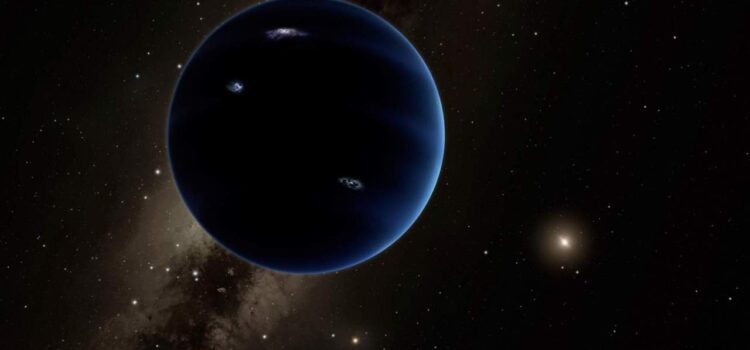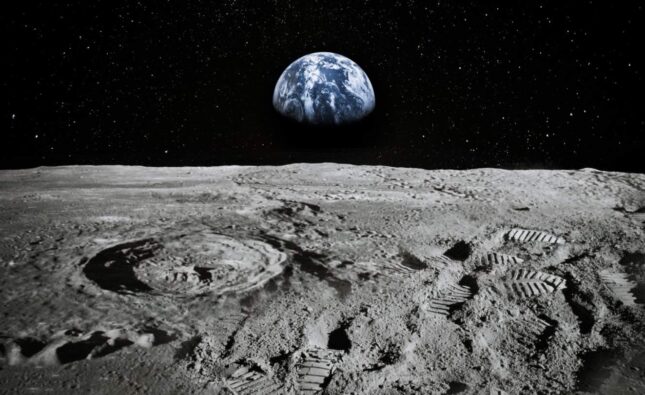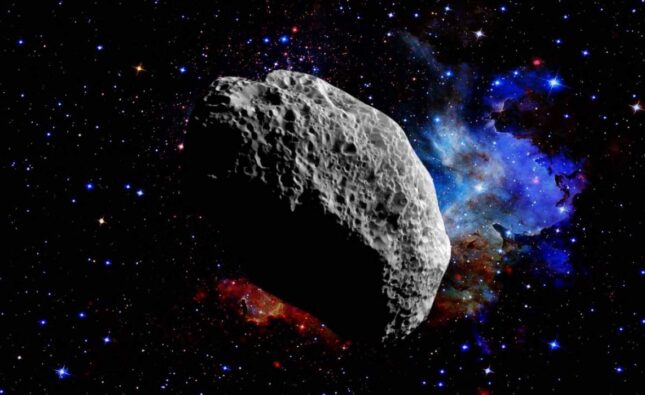
You’ve likely heard the two cosmologists and individuals from the public quarreling over the number of planets there are in our planetary group. Since the time Pluto was downgraded from its planet status in 2006 and minimized to a “bantam planet,” individuals have been contending that it ought to be restored. Notwithstanding, there’s one more discussion regarding the number of planets are in the planetary group which isn’t so notable, concerning whether there’s a strange at this point unnoticed planet out there called Planet Nine.
The thought began with Caltech educators Mike Brown and Konstantin Batygin, who looked far out into the nearby planet group past the circle of Pluto. This district, called the Kuiper Belt, is a circle of ice and trash which reaches out from the circle of Neptune and is host to various bantam planets.
The specialists tracked down that the circle of a portion of the bodies in this far off locale, called trans-Neptunian objects (TNOs), appeared to bunch in odd ways. They speculated that this bunching could be because of the presence of a goliath planet excessively far away for us to notice it straightforwardly. They called their conjectured object Planet Nine.
From that point forward, the possibility of Planet Nine, otherwise called Planet X, has caught the creative mind of a large number. There have been a wide range of hypotheses about the item, including the possibility that it very well may be considerably greater and closer than first suspected (by means of Caltech) or that it very well may be a small scale dark opening (through arXiv).
These thoughts are fun and drawing in, however most stargazers treat the possibility of Planet Nine with sound incredulity. All things considered, we’ve never straightforwardly recognized such a planet, and we have just backhanded proof to propose that it exists.
In any case, even NASA is available to the likelihood that Planet Nine may exist. The organization has a page on “Speculative Planet X” expressing that it very well may be multiple times the mass of Earth and could have a circle such a long ways out that a year would endure somewhere in the range of 10,000 and 20,000 Earth years. However, the specialists it quotes are mindful so as to accentuate that the planet is just a hypothesis now.
“The chance of another planet is unquestionably an intriguing one for me as a planetary researcher and for us all,” said Jim Green, overseer of NASA’s Planetary Science Division (through NASA). “This isn’t, in any case, the location or disclosure of another planet. It’s too soon to say with conviction there’s a purported Planet X. What we’re seeing is an early expectation in view of displaying from restricted perceptions. The beginning of a cycle could prompt an interesting outcome.”
The originators of the hypothesis, Brown and Batygin, are proceeding with their work to search for additional hints concerning whether there truly is one more planet out there. “I couldn’t want anything more than to track down it,” said Brown. “Yet, I’d likewise be completely cheerful on the off chance that another person tracked down it. To that end we’re distributing this paper. We trust that others will get propelled and begin looking.”











